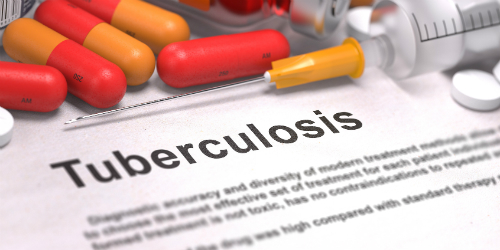- About Us
- Report an Incident
- Safety Management
-
- Aerosol Transmissible Disease
- Bloodborne Pathogens
- Asbestos Program
- Confined Spaces
- Construction Safety
- Control of Hazardous Energy
- County Safety Management Program
- Ergonomics Program
- Fall Protection
- Fleet Safety
- Hazard Communication Program
- Hearing Conservation
- Heat Illness Prevention
- Injury & Illness Prevention Program
- Lead Monitoring Program
- Personal Protective Equipment
- Respirator Protection Program
- Vector Borne Illness
- Forms
- Staff Assignments
- Website Accessibility Assistance
- Back to Monitoring & Testing
Tuberculosis (TB) Screening

Employees are at risk of exposure to TB if they work with high risk groups. High risk groups susceptible to TB infection include those who are immuno compromised, recent immigrants from countries where TB is prevalent, those living in close communities such as nursing homes, or young children. Programs should be in place to prevent exposure and to identify individuals with active infection. A prevention program would include providing appropriate Personal Prevention Equipment that may include gloves, clothing, and respirators. An identification program may be required to screen high risk individuals. Development of these programs may involve different departments in an organization to ensure that individual rights are preserved.
Tuberculosis (TB) is a bacterial lung infection. The disease is transmitted through airborne droplets when an infected person coughs or sneezes. TB is treatable, but if not properly treated, it can be fatal.
Several tests exist to identify and diagnose TB. These include blood tests and chest x-rays. The most common screening test is a tuberculin skin test.
If an active case of TB is found, it must be immediately reported to the local healthcare providers so that the affected individual can receive needed health care. Next, all persons who may have had close contact with the patient must be identified and provided screening to identify if any others are infected. The local community Health Agency must be notified so they can assist in the screening and prevent spreading.
To get more information on the applicability of Tuberculosis screening programs for a specific County operation please contact the corresponding departmental Safety Coordinator.
For further information on specific regulatory guidelines please refer to the link(s) below:
Aerosol Transmissible Diseases (ATD) (Cal-OSHA)
Screening for TB in High Risk Populations Recommendations (CDC-MMWR)
Controlling TB in the United States (CDC-MMWR)